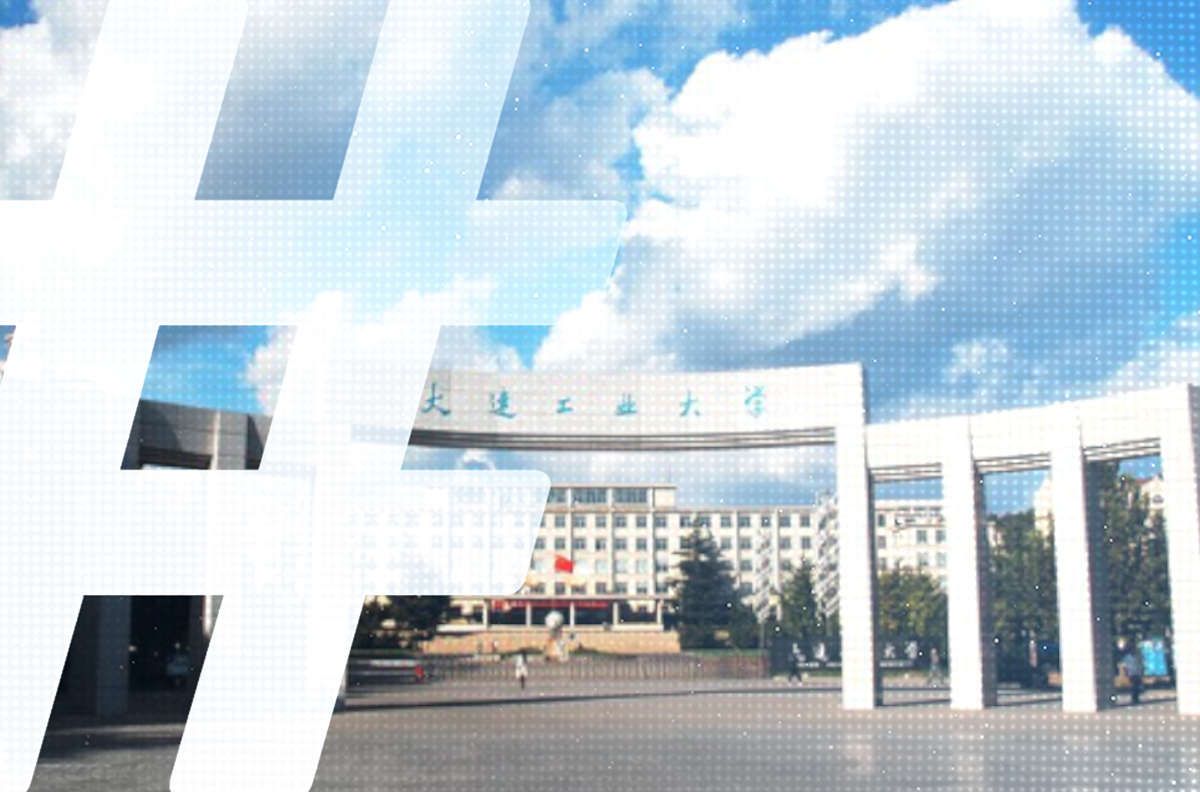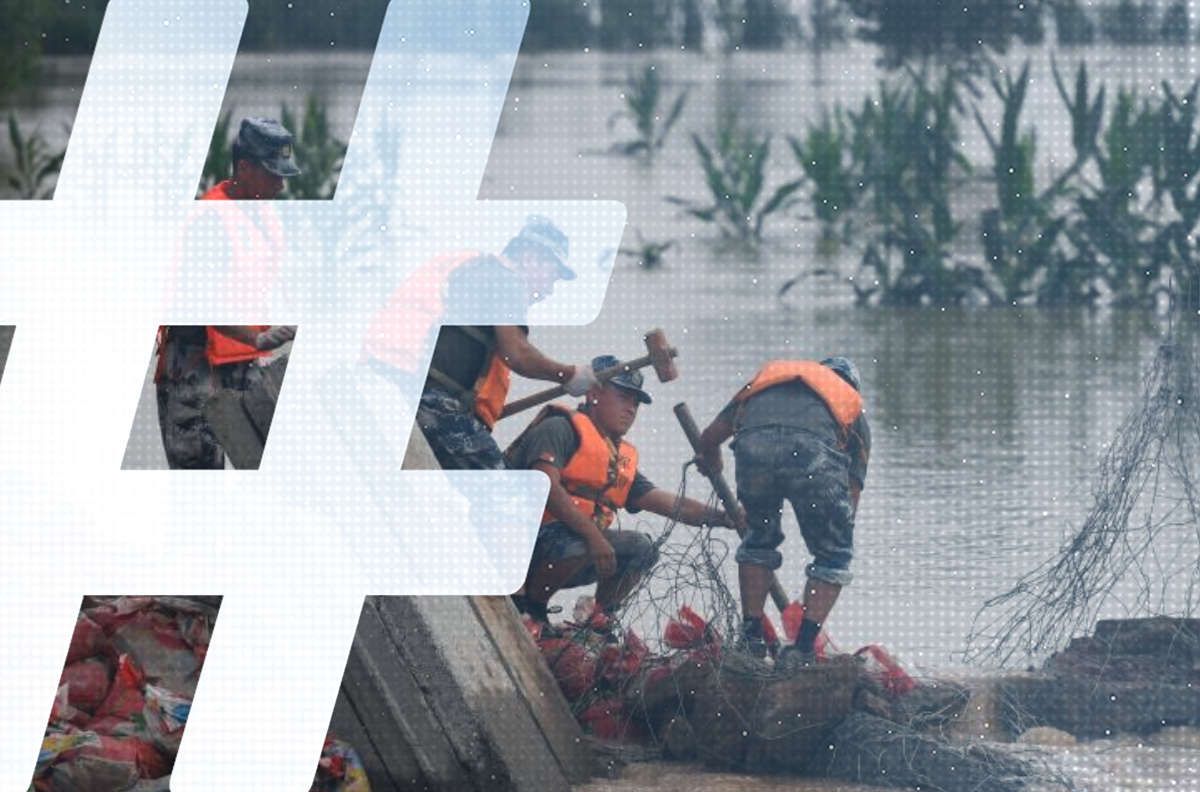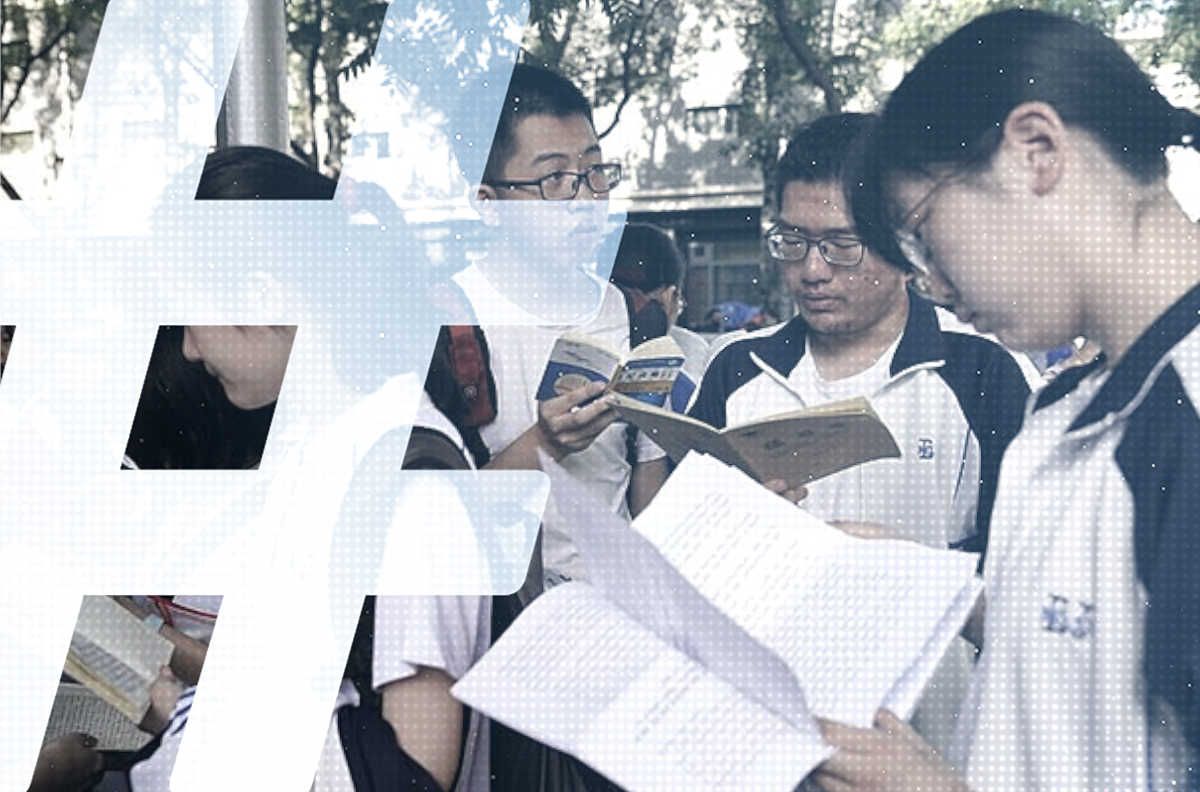Headlines and Hashtags
When Laws Fail for Policies

The passenger bus involved in the September 18 accident in Guizhou is towed away. Image from Weibo.
A fatal bus accident involving positive Covid cases being transported long-distance to quarantine facilities in China’s southwest Guizhou province has infuriated many Chinese, once again bringing the government’s inflexible pandemic prevention policies under harsh scrutiny.
So far, 27 people are reported to have died in the crash, which occurred after midnight yesterday along a stretch of highway in the countryside outside of the provincial capital of Guiyang. A further 20 people are now being treated for injuries. Those are sobering numbers against just two deaths from Covid that the province has recorded since the pandemic began more than two years ago.
Authorities in Guizhou have urged the setup of a special team to investigate the causes of the accident, and have pledged to hold those responsible to account. But some of the most basic facts of the accident already point to the key role played by unyielding top-down Covid mandates in China, which have caused local authorities in many cases to ignore basic safety rules in the pursuit of “zero Covid.”
In a post to WeChat yesterday, law expert Nie Riming (聂日明), a researcher at the Shanghai Institute of Finance and Law (上海金融与法律研究院), reflected on the Guizhou accident and some of the basic legal issues that point to elementary questions of responsibility.
In his post, Nie is direct in saying that local authorities in Guizhou violated several key points of law, and he likens the decisions involved ahead of this weekend’s accident to other Covid-related measures taken across the country in 2022 that involved the suspension of other basic safety considerations in the single-minded focus on Covid numbers: the placing of barricades across main roads; the welding closed of entrance doors; the erection of steel cages around doors, and so on.
“In recent decades, China has established a basically sound safety management system, and every provision of laws, rules and regulations is a price paid in blood, a requirement written with the lessons of history,” Nie writes. “Guizhou has been the most strictly governed region for long-distance buses traveling at night, and the question we have to ask is why this strictly enforced policy has failed here when it comes to the transfer of people involved in epidemics.”
CMP has translated the first section of Nie’s post, which follows:
____________
The Guizhou Bus Accident is Definitely Not a Simply Traffic Accident
(贵州大巴车侧翻事件,绝不是什么简单的交通事故)
According to information provided by the Public Security Bureau in Guizhou’s Sandu County (三都县), a passenger bus turned over in the early morning hours of September 18 along the in Sandu County K31 highway section in Qiannan [Buyi and Miao Autonomous] Prefecture in Guizhou while traveling in the direction of Libo County. There were 47 people on the bus at the time of the accident. As of today at 12PM, 27 people had died in the accident and 20 others were injured and undergoing treatment.
There are quite a number of suspicious points in the occurrence of this accident.
First is the fact that the bus overturned after midnight, and according to a report by the Weibo account “China Roads Network” (中国路网), the specific time [of the accident] was around 2:40 AM. The period after midnight is the red-eye period (红眼时段), during which drivers find it very difficult to fulfill their obligations with respect to safe driving, and Article 38 of the Code of Safety Management for Road Passenger Transportation Enterprises (道路旅客运输企业安全管理规范), which was revised in 2018, makes clear that long-distance passenger vehicles should cease operations or apply shuttle transportation (接驳运输) between the hours of 2 AM and 5 AM [Note: This refers to the use of reserve drivers who can get on the bus and relieve tired drivers].
Guizhou is a mountainous province and its roads are dangerous. Guizhou is also one of the strictest provinces in the country in terms of safety management for passenger transport companies. As early at 2012, when the State Council passed a document demanding that “the conditions be created to actively encourage long-distance passenger vehicles to cease operations between 2 AM and 5 AM or use shuttle transportation,” Guizhou province directly and strictly applied this policy, demanding that all passenger transport cease between 2 AM and 5 AM. On the 200-kilometer stretch of highway between Guiyang and the site of the accident, during that particular time, there should not have been any passenger transport vehicles whatsoever.
Second, since this month the epidemic situation in Guiyang has been tense, and in order to strengthen epidemic prevention and control measures, Guizhou province designated a large area of temporary highway toll stations and traffic junctions in order to establish a strong “first line of defense,” in which “every person must be checked and every vehicle must be checked. Non-essential people and vehicles have been prevented from entering or leaving, and “temporary static management” has been implemented at scale. Transportation is permitted only to ensure the basic operation of the city, and vehicles must be on a health code “white list” to pass through.
Clearly, buses leaving Guiyang at such a time cannot possibly be ordinary transport vehicles. According to the report in Guiyang Daily (贵阳日报), this particular transport vehicle was a quarantine transfer vehicle for people involved in the epidemic in Guiyang.
Why would transport occur after midnight? Yesterday (September 17) afternoon, the [authorities in] Guiyang held a press conference on epidemic prevention and control, and Wang Jie (汪杰), deputy head of the isolation and transfer team of the Joint Provincial and City Prevention and Control Command Center, specially introduced the “Guiyang City Work Plan for the Large-Scale Off-Site Transfer of High-Risk Covid Persons” (贵阳市新冠肺炎疫情高风险人员大规模异地转运工作方案). [The reasoning was that] because hotels in Guiyang cannot accommodate [Covid cases], some would need to be transferred for quarantine to other cities within the province. At the time of the press conference, 7,396 transfers had already been made, and 2,900 people were being processed for transfer.
The large-scale transfer of high-risk persons to other areas is something that the city of Xi’an first pioneered. In order to reach the target of zero Covid, residents at the subdivision level who were positive cases were all transported to areas hundreds of kilometers away, which made it possible for city districts to obtain so-called “zero social transmission” (社会面清零).
Since Xi’an started the trend, in 2022 we have seen similar policies carried out in Hangzhou, Tianjin, Shanghai and so on. The forced and mandatory nature of the transfers, the relocation to other areas, and the varying conditions of isolation have all naturally been a source of anger.
Since 2022, the majority of transport for positive cases and their close contacts has happened after 10 PM. There are many reasons for the choice of this time. For one thing, it takes time to coordinate transport, and generally tabulating numbers and making arrangements happens during the daytime, and it’s only at night that there are clear name lists and plans. So if transfer needs to happen right away, then it naturally happens at night.
Another aspect is that personnel carrying out transport are mostly decked out in white protective gear, and they are obvious to spot, so that if transport happens during the day and the vehicle is parked in the residential area, then this will cause residents to start talking and discussing [what’s happening]. So nighttime is deliberately chosen as a strategy to avoid public attention. This strategy is used on a large scale in cities across the country when transferring patients for quarantine.
Guiyang has followed the same example only to make a “major news story” through [an accident involving] a vehicle with 47 people onboard, with 27 dead and 20 others still being treated. In the classification scheme for safety accidents, this is considered a “major accident” (defined as 10-30 deaths), which is second only to a “particularly major accident” (30 or more deaths).
The transports in Guiyang violate the law on several counts. First, they directly violate the Code of Safety Management for Road Passenger Transportation Enterprises, which prohibits passenger transport between 2 AM and 5 AM. Second, photographs have been shared around showing that the driver was wearing full protective gear, including a protective head shield. This would necessarily result in discomfort for the driver, and as a result, would impact the driver’s concentration. Considering the transport was happening at night, these two conditions would have been direct factors resulting in this major accident.
Third, if the transport is seen as “coerced” (强制), which is to say that residents were not willing themselves to be quarantined in other areas, but instead were forced to do so under the demands of epidemic control personnel, then Article 43 of the Administrative Enforcement Law applies, which says that “administrative organs may not carry out administrative enforcement at night or during legally designated holidays.” While the regulations says that there are “exceptions in emergency situations,” this generally refers to cases where “enforcement cannot happen subsequently, or subsequent enforcement will damage the public interest.” If the concern was that a delay in transport would lead to the spread of the epidemic, then the fact that nighttime transport might also lead to a safety incident should also have been a concern. Apparently, the enforcement organs did not even consider this aspect.
Compared to the hotel collapse in Quanzhou in March 2020, the Guiyang transport accident is far more egregious, and the subjective intent of various responsible personnel in violating current safety management policies is far more evident.
First, there is the fact that long-distance transport cannot happen between 2 and 5 AM, and so of course vehicles cannot take to the highway. So why was this passenger transport vehicle permitted onto the highway by checkpoints? Second, if passenger vehicles are operating on the highway after midnight, there will be records of their GPS, and [government] transport departments will receive this information. So why did transport departments not step in and prevent it? Finally, epidemic control authorities were carrying out this transport, and Article 38 of the Code of Safety Management for Road Passenger Transportation Enterprises clearly stipulates that “transport companies must not demand that transport drivers operate vehicles in violation of regulations concerning driving times and rest times and other regulations.” This is clearly a responsibility that the epidemic control authorities arranging the transport must bear.
And so this accident is not a simple traffic accident. It is an accident that could have been avoided had any of the departments involved simply abided by the law in exercising their authority.






















